
Written by digiDirect
Using shallow depth of field can add real flair to your photography. With the right composition, you can create stunningly dynamic photos simply by manipulating how focus - and a lack of focus - plays out in your images. This effect is used by photographers to draw attention to a certain part of an image. It can also help to express a richer visual story by telling the viewer's eyes what to pay attention to. Shallow depth of field can even achieve a special aesthetic for the part of your image that's out of focus, creating a soft, subtly mysterious feel.
Left: Shallow depth of field is commonly used in portraiture. Right: Shallow depth of field can help your subject stand out from a busy background
What is shallow depth of field and how can I achieve it?
Shallow depth of field is an effect that leaves part of your image deliberately out of focus whilst another part of the image is in focus. A classic example of this effect is a photograph of a flower or a person's face that is clearly in focus whilst the background appears soft and blurry. It can lend a lot of creativity to your photos by drawing the viewers eye to certain areas of the image, and it is used extensively in portrait photography.
Traditionally if there is a person's face in the photo, that will be the 'in focus area'. However, changing the focal plane to something more unusual can play with the viewer's expectations
To achieve this effect, there are a few steps you'll want to take:
- Choose a wide aperture. You want the aperture to be as wide as possible, because this results in more shallow depth of field. A wide aperture is represented by a low f-stop setting - typically in the realm of f/2.8 or lower.
- Set yourself close to the subject. The easiest way to achieve a shallow depth of field is when the camera lens is close to the subject that will be in focus. You can also increase the effect of the blur by increasing the distance between the subject and the background that you want blurred out (i.e. the further the subject is from the background the more you will be able to blur the background - so don't place them 2 feet in front of a wall!)
- Use a long focal length. Focal length is how zoomed in your lens is - the higher the number, the more zoomed in you are. The effect of shallow depth of field is exaggerated the longer the focal length is. Portraits - which often exhibit a lot of shallow depth of field - are often shot on lenses with focal lengths between 85mm - 200mm. In contrast, you will have a harder time achieving shallow depth of field on wider lenses (below 50mm). If you're using a point and shoot camera, simply zoom in as much as you can so you are clearly focused on your subject and then shoot.
- Have a larger sensor camera. The larger the sensor in the camera, the more you will be able to achieve shallow depth of field. Now, this doesn't mean you have to run out and buy a medium format camera - you can still achieve shallow depth of field on smaller sensors by following the other steps above. But know that a full frame camera will have better shallow depth of field than an APS-C camera. An APS-C camera will in turn be better than a Micro 4/3rds camera, which will be better than a compact, etc. Learn more about this in our article on Sensor Sizing.
 |
 |
While most common in portrait photography, shallow depth of field can be used effectively in many different styles of photography
What does 'bokeh' mean?
Bokeh (pronounced 'BOH-kay') is the Japanese word for 'blur.' It's a Japanese aesthetic that describes the quality of the out-of-focus parts of a photograph. It doesn't mean exactly the same as shallow depth of field because bokeh refers to the quality of the out-of-focus area, but you will often hear the two terms used interchangeably.
A good bokeh has a soft, creamy haze in the blurry area, which you can achieve with a really wide aperture. You can use either the background or the foreground to create an impressive bokeh look. All that matters for this aesthetic is the smoothness of the blur - you want to see soft circles of light and a lack of hard edges in the out-of-focus area.
While you can achieve the basic shallow depth of field effect with many cameras, good bokeh is easier to pull off with a quality lens. Generally, a prime lens with a round-blade aperture will do the trick. Learn more about good lenses for shallow depth-of-field shooting in our Portrait Lens Buyer's Guide.
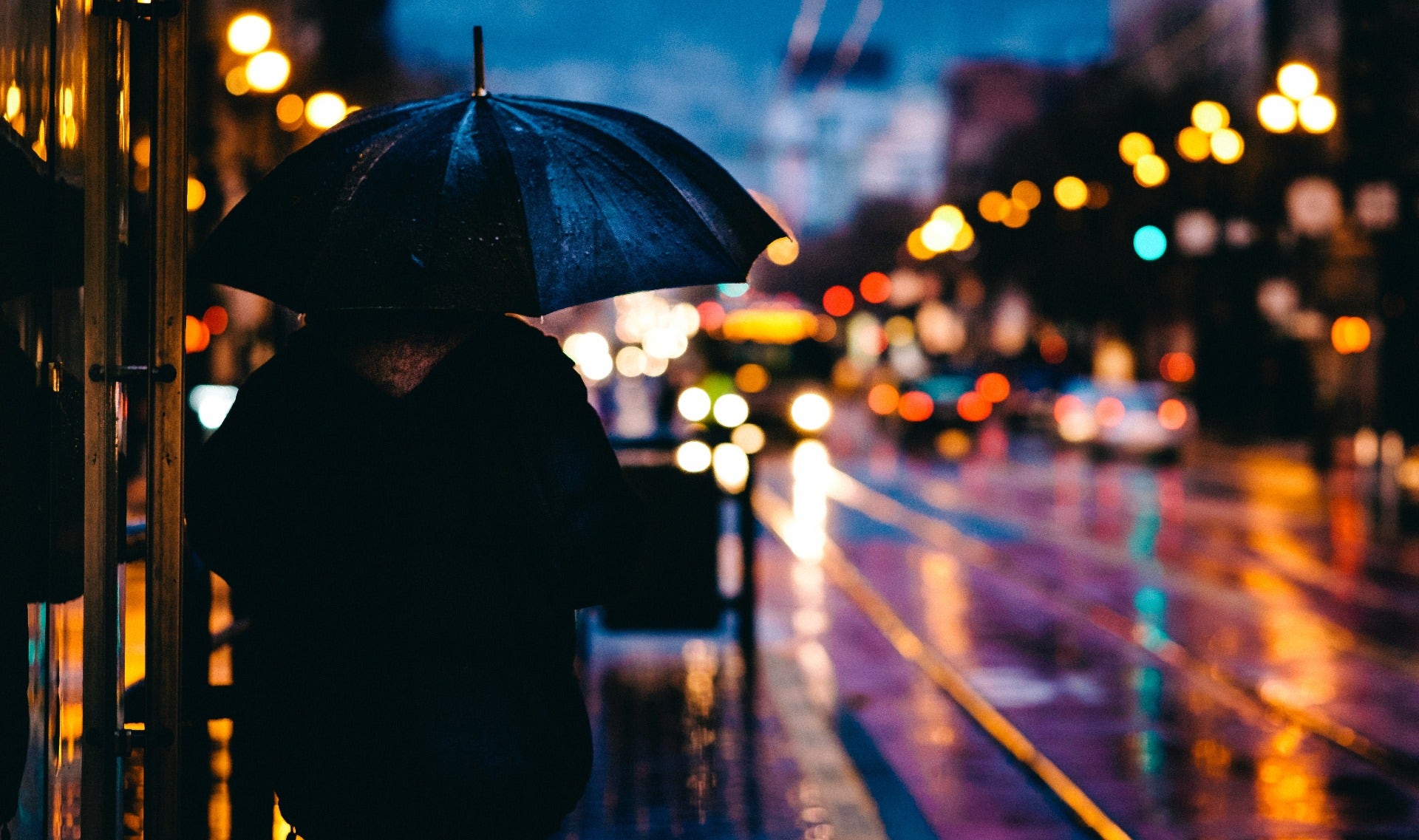
Bokeh refers to the out of focus area of a photo. Point light sources become circular 'balls' of light with soft edges
Why is aperture relevant?
The aperture is the size of the opening of your camera lens. With a wide aperture, more light will reach your film when you take the picture. The other thing that a wide aperture does is increase shallow depth of field. One of the most important ways to maximise your shallow depth of field is to use the widest aperture possible (smallest f-stop number) on your camera's lens. This will probably be a number like f/2 or f/1.8.
This is the main reason why prime lenses are generally associated with shallow depth of field, and one main advantage they have over zoom lenses. Since a prime lens doesn't need to worry about zooming, their interior construction is simplified, which generally allows them to have wider maximum apertures than zoom lenses. Prime lenses often have maximum apertures of f/1.8 or even lower, while it is very rare to find a zoom lens with an aperture wider than f/2.8. For this reason prime lenses are usually preferred when achieving shallow depth of field. Learn more about the differences between primes and zooms in our Prime Vs. Telephoto Lens article.
Using a wide aperture is a primary way to achieve shallow depth of field, and this is usually easier to do on a prime lens.
When do I want shallow depth of field?
We've already discussed the use of shallow depth of field in portrait photography, but it isn't only for portrait work. It can also look nice with landscape photography when you want to create a more intense impact with your photograph's subject, or a myriad of other instances. There's no wrong way to use a shallow depth of field. The idea is to understand how to achieve the effect, how to intensify or soften it to get the aesthetic you're after, and to then have fun experimenting with your photography. The applications can be limitless!
Remember, a wider aperture creates a shallow depth of field. Get close to your subject and zoom in as much as your camera will let you. Follow these simple steps and you'll be able to create some really amazing photographs. You can achieve stunning results whether you're taking close-ups of people, highlighting flowers, insects, and other natural subjects, or you love playing around with how various lights, colours, and shapes. Experiment with what happens when you vary the f-stop, the distance between your lens and the subject, and your focal length. Now, go out there and take some fantastic shots!
If you need any help choosing a lens to improve your bokeh or to give you more options when experimenting with a shallow depth of field in your photographs, browse our range of camera lenses. We carry a variety of lenses from top brands like Leica, Canon, and Sony. You can also contact the digiDirect team if you have any questions on shallow depth of field or achieving any other effects in your photography.
Interested in contributing to the digiLife blog? Email community@digidirect.com.au with the subject line "digiLife Contributor", and include links to your photography portfolio and a writing sample.























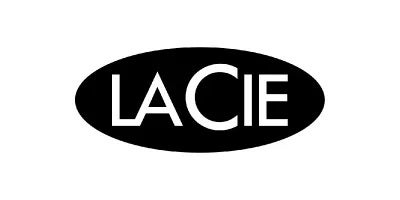






























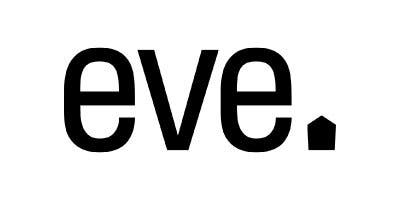


















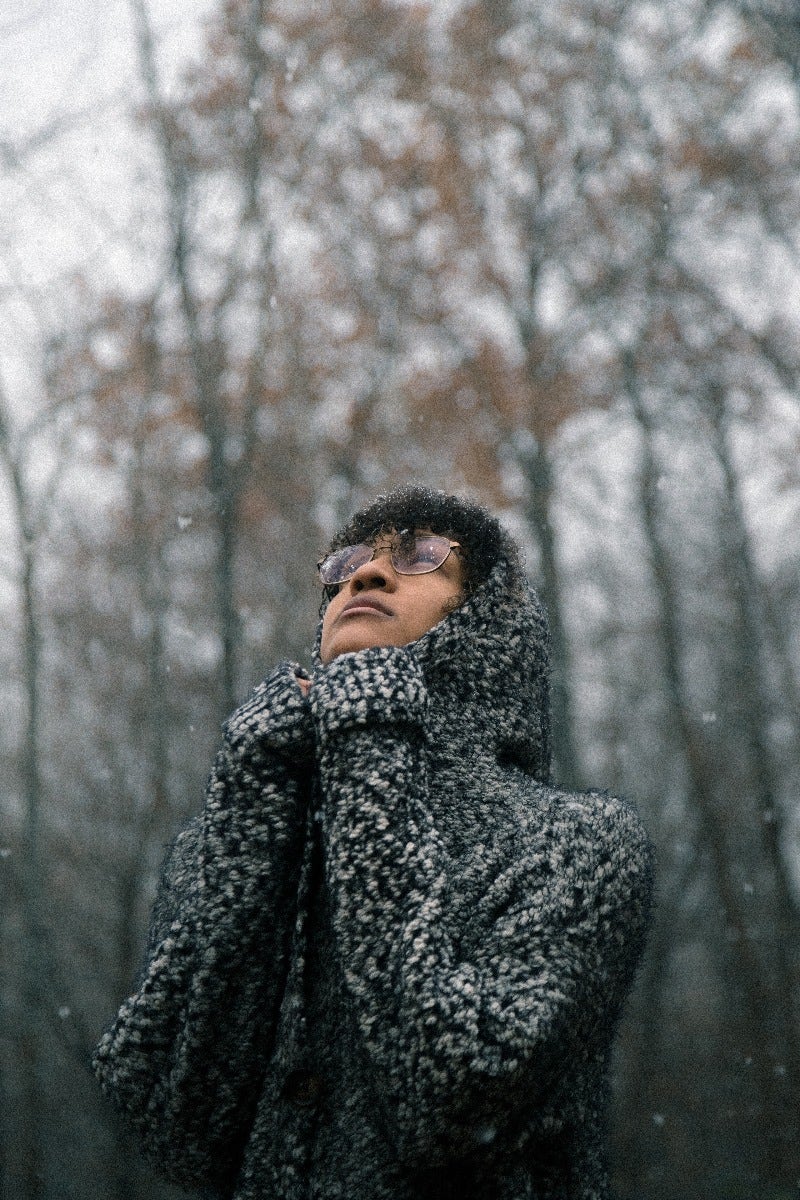
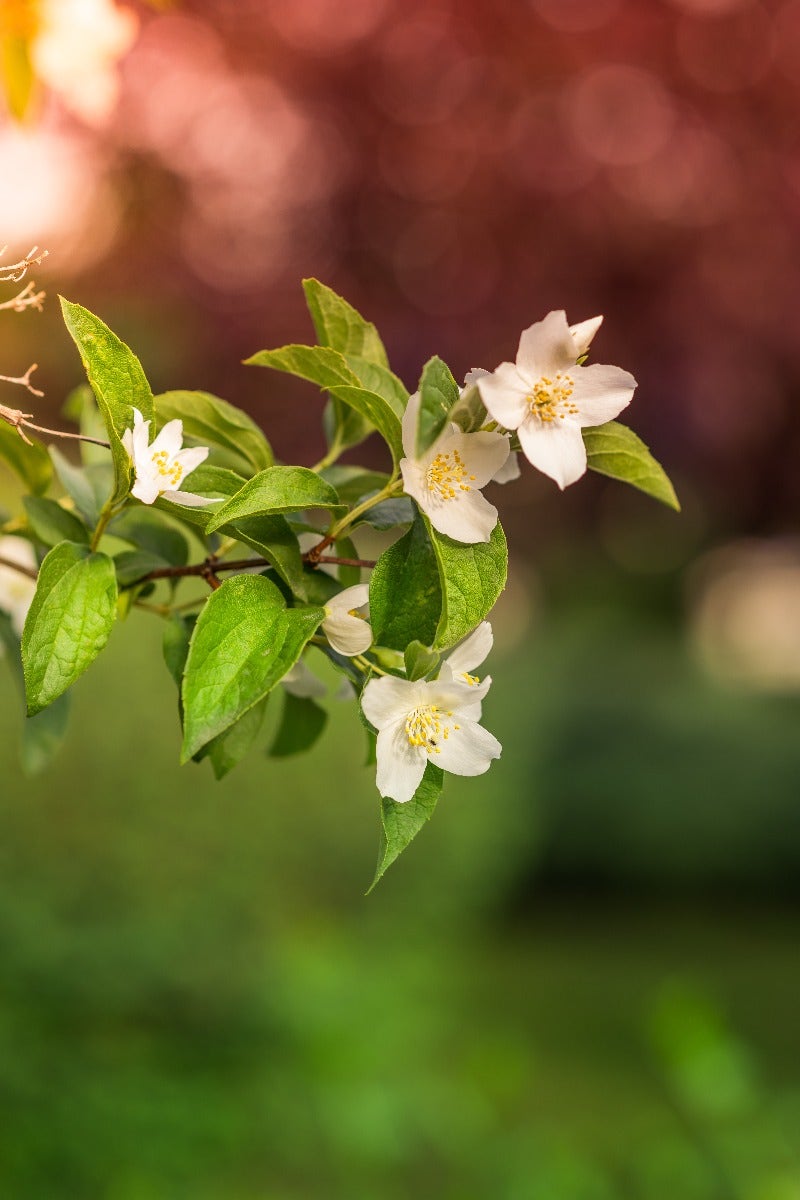

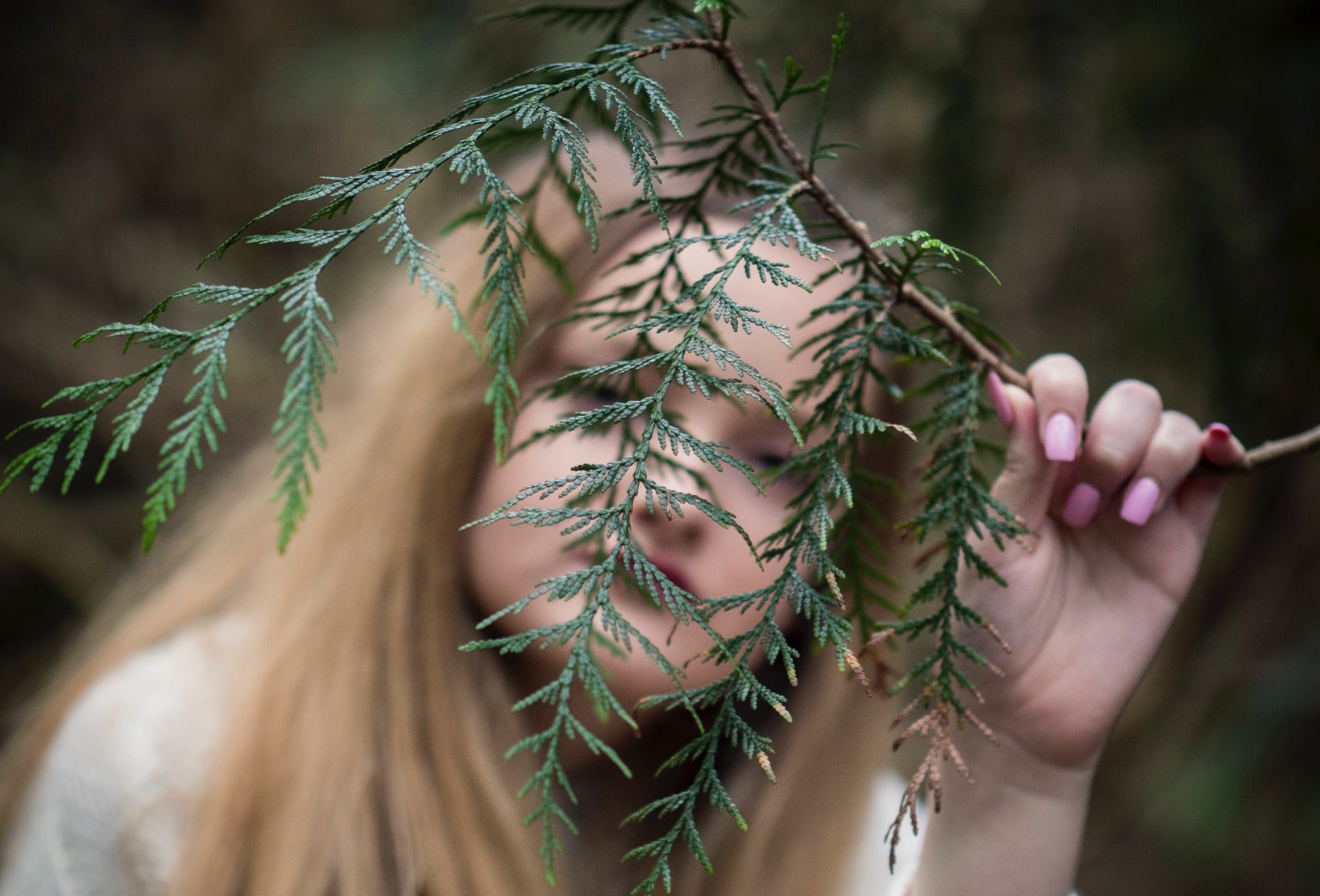



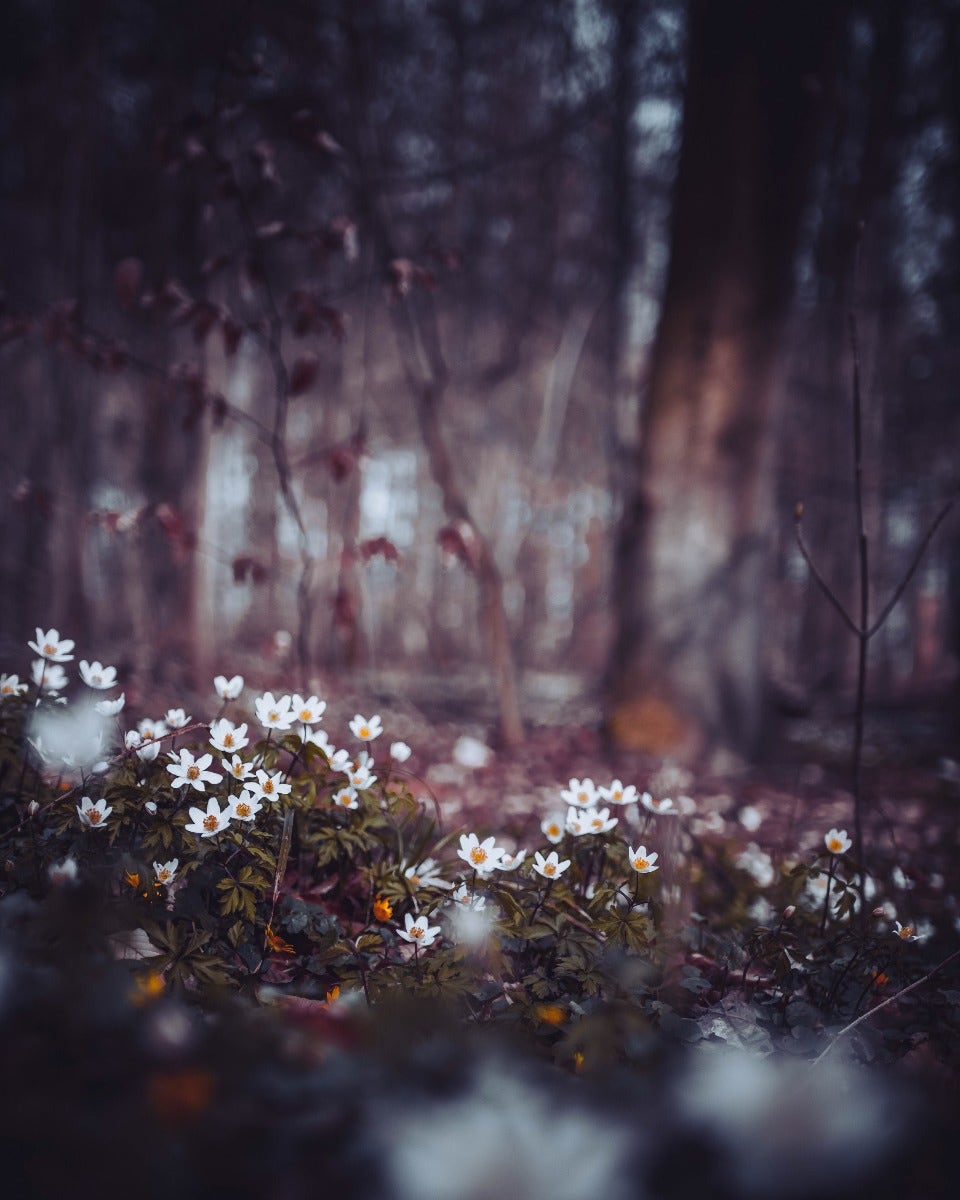
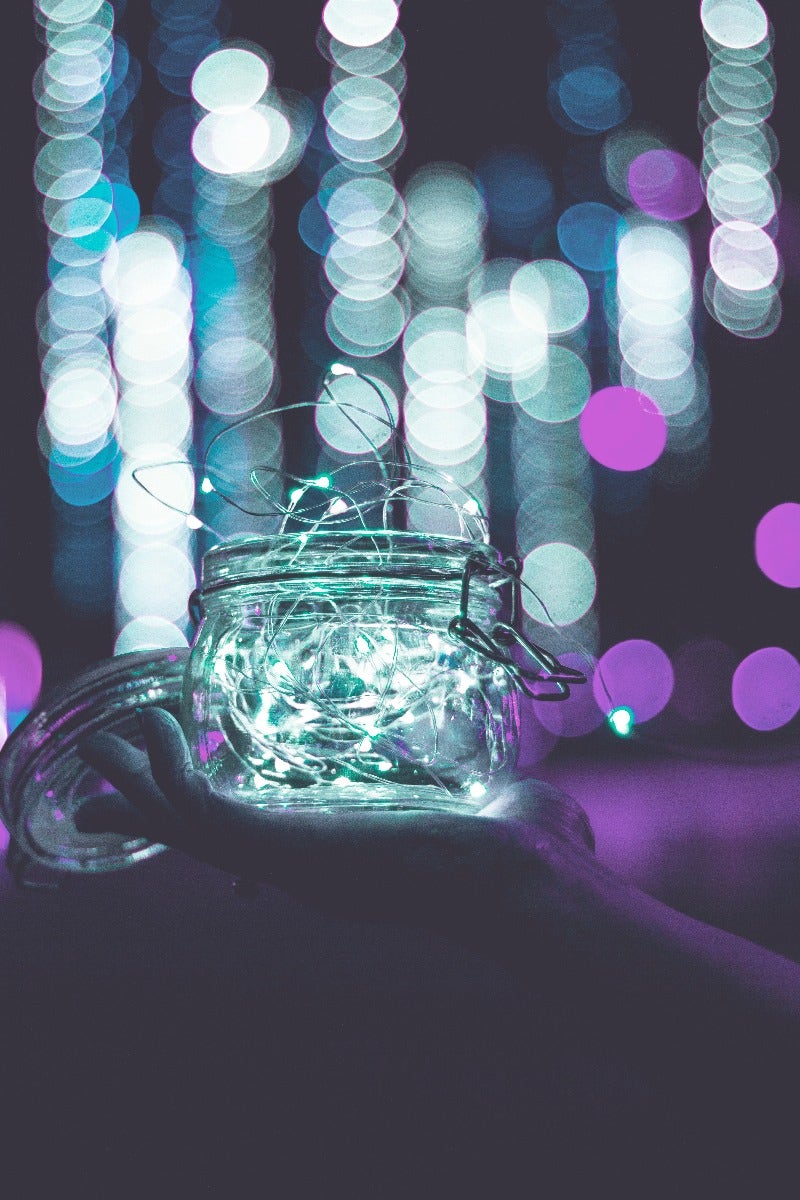
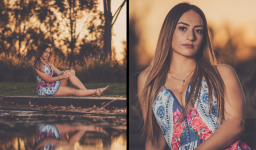

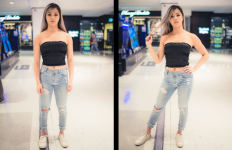
Comments
No Comments yet. Be the first to comment.